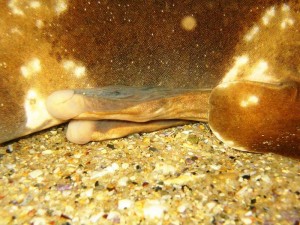2017 was… yeah. Of all the years I’ve lived through, 2017 was definitely one of them. Anyway, some interesting things happened in the world of shark research. Here, in no particular order, are 17 amazing and important things that scientists discovered about sharks and rays over the last year.
1 Sharks can switch between sexual and asexual reproduction. We’ve known that several shark species can reproduce asexually for over a decade now, but this year, Dudgeon and friends showed an individual shark switching between sexual and asexual reproduction for the first time!
Noteworthy media coverage: CNN, National Geographic, Gizmodo


